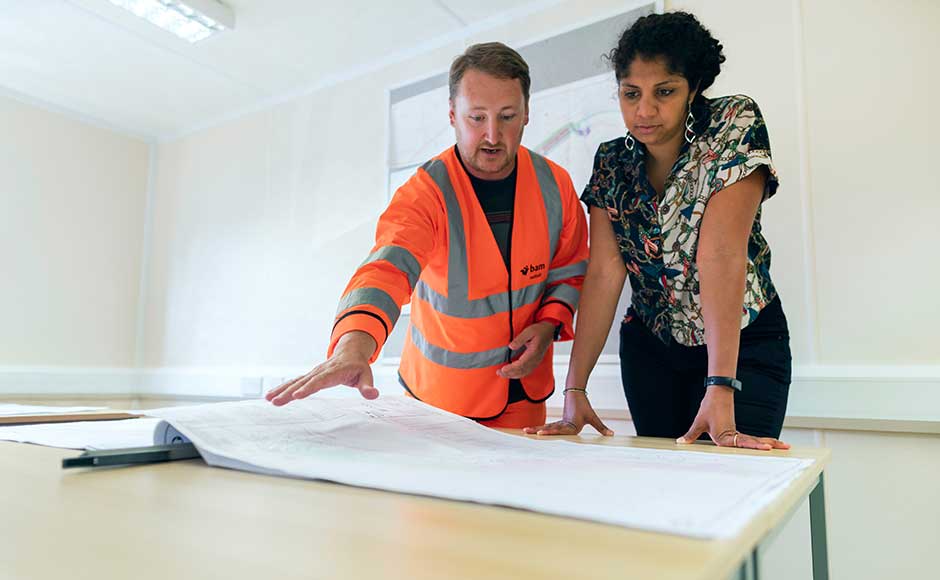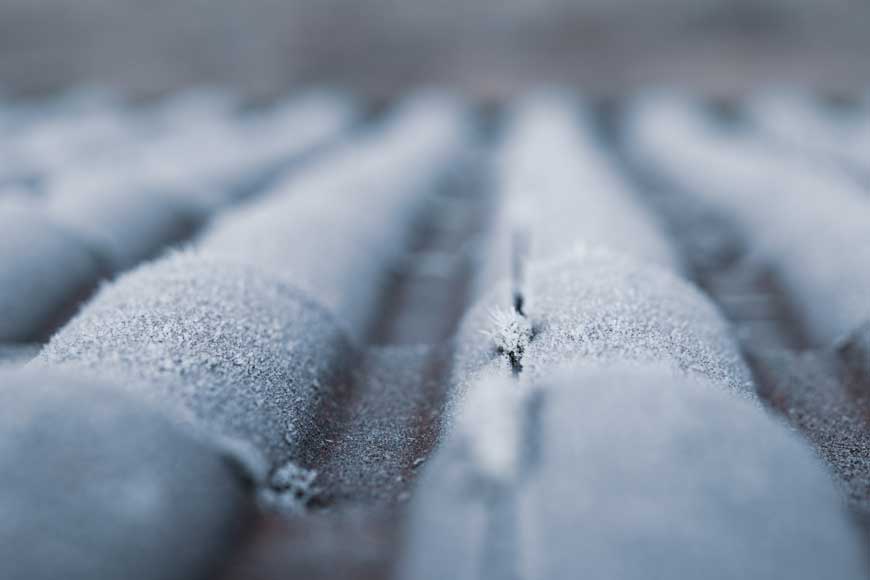Inspection
The first step is to identify if you have any asbestos or suspected ACM in the building(s).
If a competent professional asbestos surveyor is appointed to undertake an asbestos survey, the Church of Scotland recommends that a management-type survey be commissioned by a UKAS-accredited surveyor, as these are HSE approved and recommended.

The first method to determine if ACM is present is to carry out a non-intrusive visual inspection in house. This can be carried out by the health and safety person but it may be wise to include the fabric convenor as they are likely to have a far better understanding of the building layout and the likely places to check. Asbestos is at most risk of releasing fibres when it is disturbed, so the suspected material must not be disturbed, broken or touched during the visual inspection. Any areas that are inaccessible or considered fragile or hazardous must not be accessed and should be assumed to contain asbestos until a professional assessment confirms otherwise.
Other ways to determine if ACM is present is to look at building plans, drawings, plant installation instructions and other relevant information to identify likely sources of ACM. It is important to be confident and competent in any decision to undertake this method of identifying ACM. The General Trustees highly recommend that a competent professional contractor is instructed wherever possible to carry out the survey.
Inspection checklist
Before the inspection you should compile a simple site plan for your building(s). This will help to ensure that the check has incorporated the entire area of the building(s).
This example of a site map will give a good idea of the areas to include but you may want to extend the diagram to other church buildings and external building materials used.
Checklist considerations
The HSE has compiled a checklist of areas in the building that may contain asbestos or ACM. This is not an exhaustive list and serves only as a guideline of areas to include in the initial check of your building.
Building fabric:
- Corrugated roofing, tiles, 'slates', soffits, gutters, downpipes, walls and panels
- Insulation under the roof, on beams and stanchions
- Boards and panels, and any insulation between these
- Insulation around pipes, on a heater, boiler, calorifier, in storage heaters
- Decorative coatings on walls or ceilings
- Insulation around windows
- Water cistern
- Flues, waste water pipes
- Plastic floor tiles.
Also check outbuildings.
Some of the equipment used within the church building(s) may also contain ACM and should be included in the inspection checklist.

For example:
- Ovens, electrical fuses in distribution, soundproofing, ironing surfaces, insulating mats
- Blankets, fire insulation in or on doors, insulating gloves, vinyl flooring
If ACM is present or suspected, you must:
- Record in writing the type of ACM (tile, boards, lagging etc.), location, condition (intact, good, damaged, broken etc.), and how much material is present
- Clearly identify areas that have not been inspected or surveyed
- Prepare a plan that sets out how the risks from these materials will be managed (asbestos management plan)
- Take the necessary steps to put the plan into action
- Provide information on the location and condition of any suspected ACM to anyone who is liable to work or disturb them.